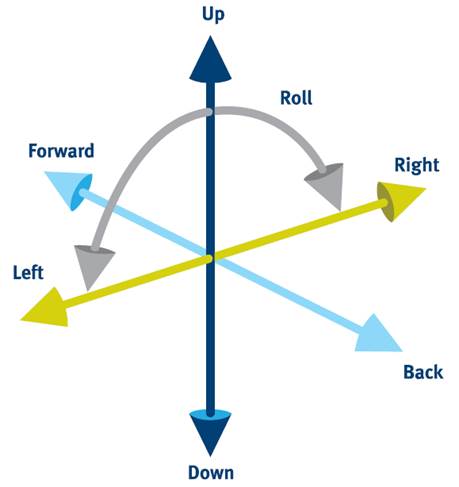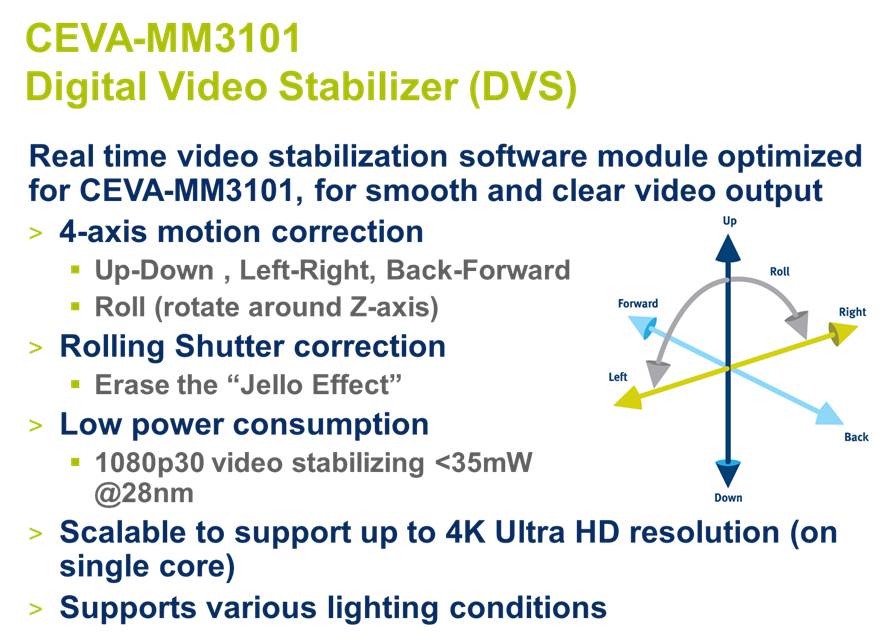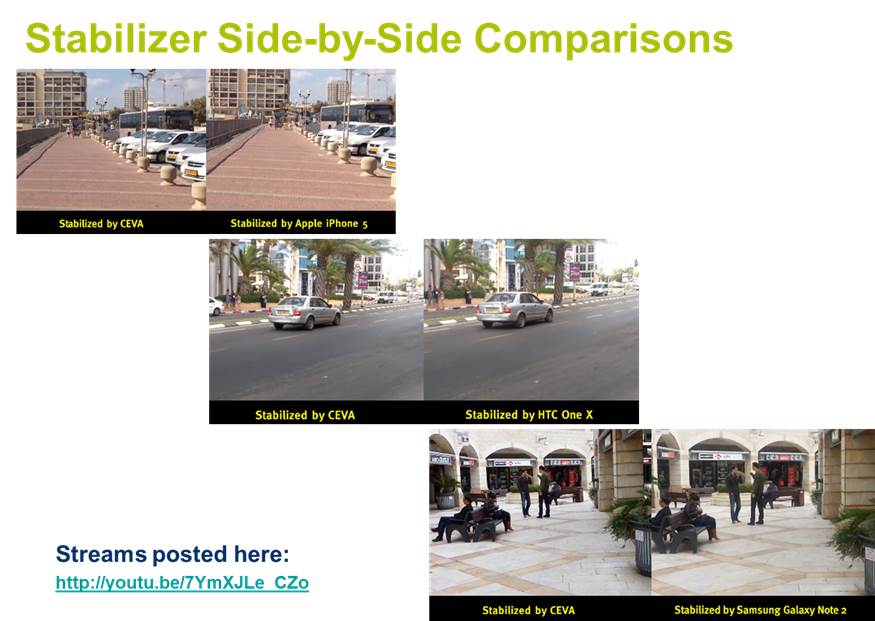Smartphone shipment explosion and continuous growth is attracting always more OEM and chip makers, this is not really surprising, as the wireless market can be identified as the faster growing, and larger electronic segment ever seen. On such a mass market, the real question is “how to differentiate?” Apple is unique; just trying to mimic an iPhone is certainly not the best way to success. Samsung benefit from an incredible vertical industrial power, starting from SC design and manufacturing (Nand Flash, Application Processor and more) and going up to the development of several dozen of new smartphone models –every year. We have seen that smartphone marketing is way different from the “old” PC marketing: communicating on the CPU MIPS power is not anymore the killer argument, neither the memory amount, OEM have to be creative, and try to hit customer expectations. Power consumption is certainly an important feature, but probably not very sexy as a sale argument, and certainly not immediately visible. What could be immediately seen by a potential customer when looking at various smartphones? Is it the device shape or the design? Yes, but in Semiwiki we talk about semiconductors, barely about design… The image lighting on the screen, and the associated semiconductor function, the Graphic Processing Unit (GPU), is certainly one of the key features immediately seen by the future buyer.

Imagine that all OEM uses the same GPU (integrated as an IP core into the Application Processor), then how will they differentiate? CEVA, the DSP IP core leader supplier, has developed a very interesting piece of S/W, the digital video stabilizer (DVS) software module for the CEVA-MM3000 imaging and vision platforms,bringing advanced imaging capabilities to next generation smartphones and mobile devices. Just take a look at the above picture, you can see various axis, linked to all the motion that any human being can do, even when he is trying to take a picture. Which is a problem in this case, as you would like this human being to stay absolutely unmoving. Unfortunately, this is not possible! Using CEVA DVS will allow correcting this behavior, it will also allow the OEM to differentiate, as DVS function is adaptable and allow various calibrations. You can see the main features of CEVA DVS, 4-axis motion correction, Rolling Shutter correction and scalability on the picture below:

The problem with previously designed DVS functions was the associated power consumption, estimated to be in the range of 1 Watt by CEVA. The company claim 35 mW power consumption associated with the DVS used with MM3000 imaging and vision DSP platform! If you want to check for the effectiveness of CEVA DVS, just take a look at the picture below, showing a comparison with Apple iPhone 5, HTC One X or Samsung Galaxy Note 2. Going to the YouTube link http://youtu.be/7YmXJLe_CZo will give you a better idea of the DVS quality.

Talking about DVS, it can be interesting to explore how it works. DVS is using various pre-optimized kernels:
- Harris Corner/”GoodFeaturesToTrack”
- Detecting features for tracking
- KLT
- Tracking the Optical features using optical flow
- RANSAC
- Estimating the camera motion model
- Kalman
- Smoothing the camera motion
- Affine Transform
- Correcting the distortions generated from the motion and rolling shutter
DVS also using automated frame management mechanisms. Once again, the important point is that an OEM can integrate in the Application Processor a CPU core (or should I say an ARM set of cores?), an internally designed (or externally sourced) GPU and MM3000 imaging platform and differentiate by using this programmable DVS, allowing an extremely low power consumption: 35 mW for a 1080p and 30 fps when implemented in 28nm. Every OEM wants to differentiate through the GPU? Every OEM can differentiate even more by using DVS and MM3000 from CEVA in conjunction with homemade GPU!
A company like CEVA enjoys more than 200 licensees and 300 licensing agreements signed to date, CEVA’s comprehensive customer base includes most of the world’s leading semiconductor and consumer electronics companies. Broadcom, Icom, Intel, Intersil, Marvell, Mediatek, Mindspeed, Mstar, NEC, NXP, PMC-Sierra, Renesas, Samsung, Sharp, Solomon Systech, Sony, Spreadtrum, ST-Ericsson, Sunplus, Toshiba and VIA Telecom all leverage CEVA’s industry-leading platform solutions and DSP cores.
Eric Esteve from IPNEST
lang: en_US
Share this post via:







Comments
0 Replies to “Why Every Smartphone OEM Want to Use Homemade GPU?”
You must register or log in to view/post comments.